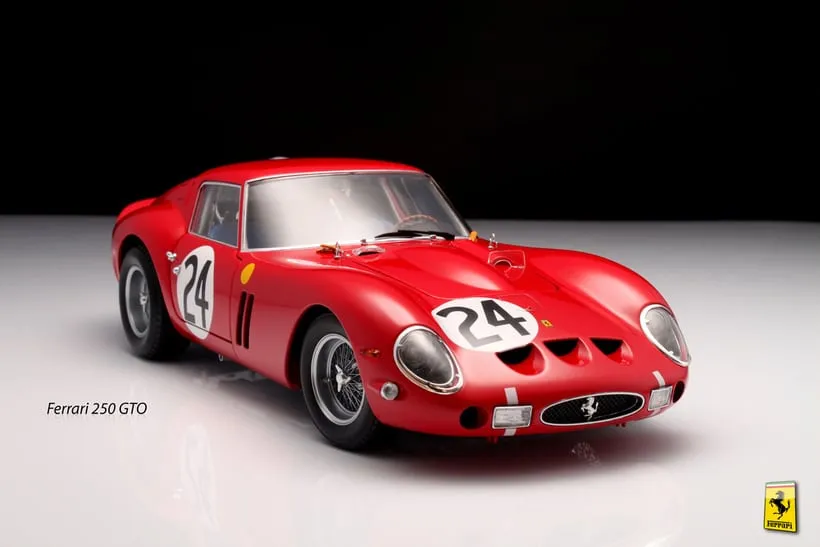Diecast Cars Buying Guide Top 5 Tips
Collecting diecast cars can be a rewarding hobby, offering a blend of nostalgia, craftsmanship, and investment potential. But with so many models available and a diverse market, knowing where to start can be overwhelming. This comprehensive buying guide provides five essential tips to help both novice and experienced collectors navigate the world of diecast cars. From understanding different scales to recognizing reputable brands and authenticating a model, these guidelines will assist you in building a valuable and satisfying collection. Whether you’re a seasoned collector or just starting, these tips will help you make informed decisions and enhance your appreciation for these miniature masterpieces.
Tip 1 Research the Market
Before purchasing any diecast cars, thorough market research is crucial. This involves understanding current trends, identifying popular models, and familiarizing yourself with pricing. The diecast car market fluctuates based on various factors, including the model’s rarity, the manufacturer, the scale, and the overall condition of the car. Websites, forums, and dedicated collecting communities are excellent resources for staying updated on market values and release schedules. Research helps to avoid overpaying and allows you to make informed decisions. Understanding the market also helps you identify models with potential for appreciation, turning your hobby into a sound investment.
Understanding Different Scales
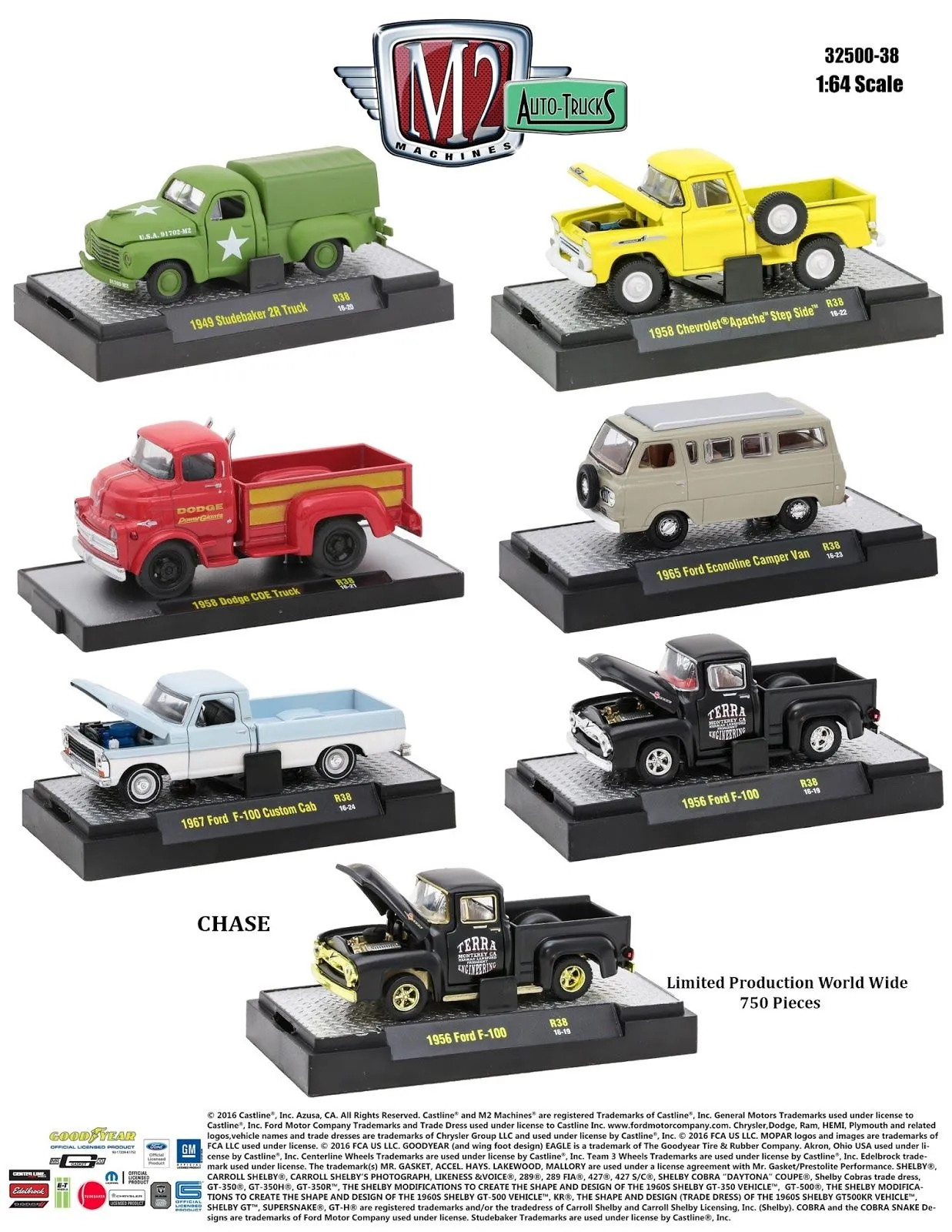
Diecast cars come in various scales, with the most common being 1:18, 1:24, 1:43, and 1:64. Each scale offers a different level of detail and size, impacting display options and storage requirements. 1:18 scale models are larger, offering more intricate details, but require more display space. 1:43 and 1:64 scales are smaller, making them ideal for collectors with limited space. Understanding scales is essential when building a collection. This will allow you to create a cohesive display. Consider your available space and display preferences when deciding which scales to focus on. Consider starting with a specific scale, like 1:18, and then diversifying your collection based on your enjoyment.
Identifying Reputable Brands
Reputable brands are known for their quality, detail, and accuracy. Brands such as Hot Wheels, Maisto, Autoart, and Minichamps have established reputations for producing high-quality diecast cars. Research the build quality, paint finish, and the overall attention to detail. These factors contribute to the model’s aesthetic appeal and value. Examining reviews and recommendations from other collectors can provide valuable insights into a brand’s reliability. Focusing on reputable brands ensures you’re investing in models that meet high standards. This is an investment that is more likely to retain value over time and enhance your collection’s prestige.
Tip 2 Set a Budget
Establishing a budget is crucial for any collector. Determine how much you’re willing to spend on diecast cars. This helps you avoid overspending and ensures your collecting remains financially sustainable. Determine a monthly or yearly budget and stick to it. You can allocate your budget strategically, prioritizing specific models or brands. Having a clear budget prevents impulsive purchases and helps you make informed decisions. It will prevent you from overpaying and allows you to spread your budget across several desirable models. Remember that the initial cost is not the only expense; factor in display cases, cleaning supplies, and the cost of shipping.
Determining Your Spending Limit
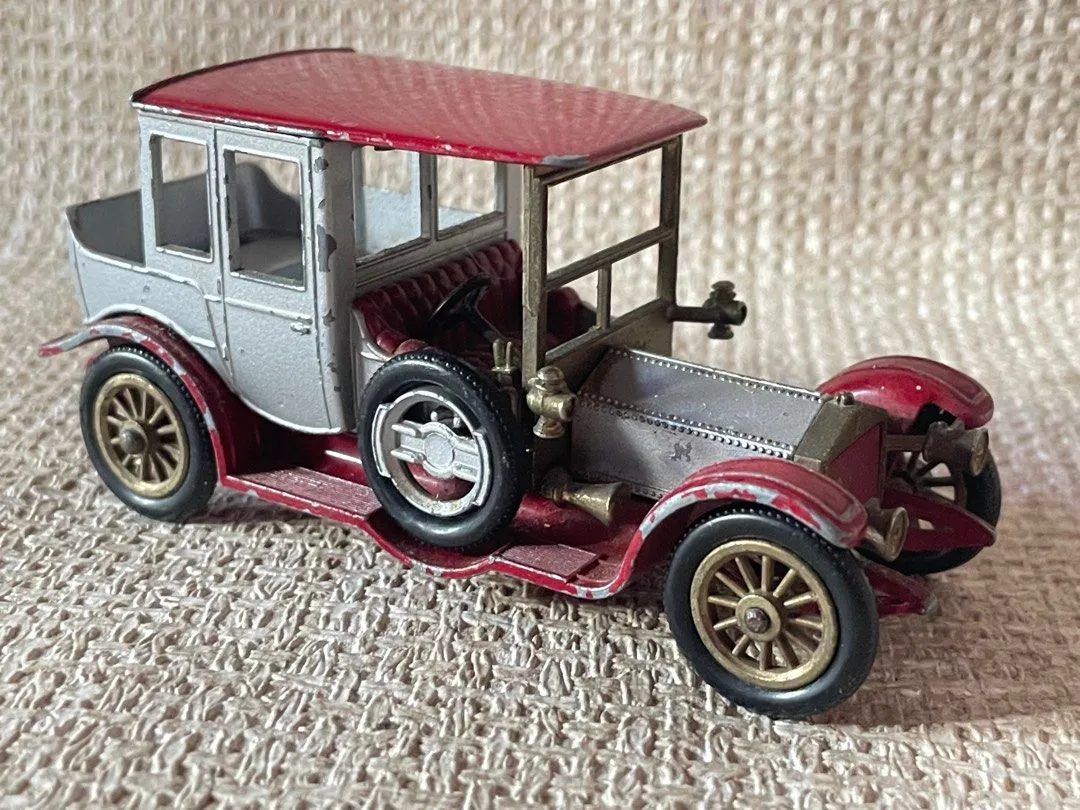
Decide on a maximum amount you’re willing to spend on each diecast car. This limit may vary based on your interest in the model, its rarity, and the manufacturer. Consider the model’s condition and the asking price to determine whether it aligns with your budget. Set a price range for different scales or brands. Evaluate the value of a model based on its condition, rarity, and historical significance. Stick to your spending limit to prevent overspending. Regularly review your budget to ensure it aligns with your collecting goals and financial situation. Always remember that collecting is for enjoyment, so spend only what you can comfortably afford.
Prioritizing Your Collection Goals
Define your collecting goals. Are you interested in specific car types, eras, or manufacturers? Knowing your collecting priorities helps you allocate your budget efficiently. Concentrate on models that align with your interests and goals. Focus on specific car types like vintage race cars or modern supercars. This will narrow your search and make you less susceptible to impulse purchases. You can also focus on specific manufacturers, such as Ferrari or Porsche. By defining your goals, you’ll build a collection that is cohesive and meaningful. Regularly review your collection goals to ensure they align with your evolving interests and priorities.
Tip 3 Inspect Condition
The condition of a diecast car significantly impacts its value. When buying a model, carefully inspect its condition. Look for signs of wear, damage, and any imperfections. The paint finish, the decals, and the overall condition determine the model’s value. A model in mint condition with its original packaging is typically more valuable than a model with significant damage. Always buy models from reputable sellers. The condition also affects a model’s display and storage needs. Carefully evaluate the condition of each model before purchasing to ensure it meets your standards.
Evaluating Paint and Decals
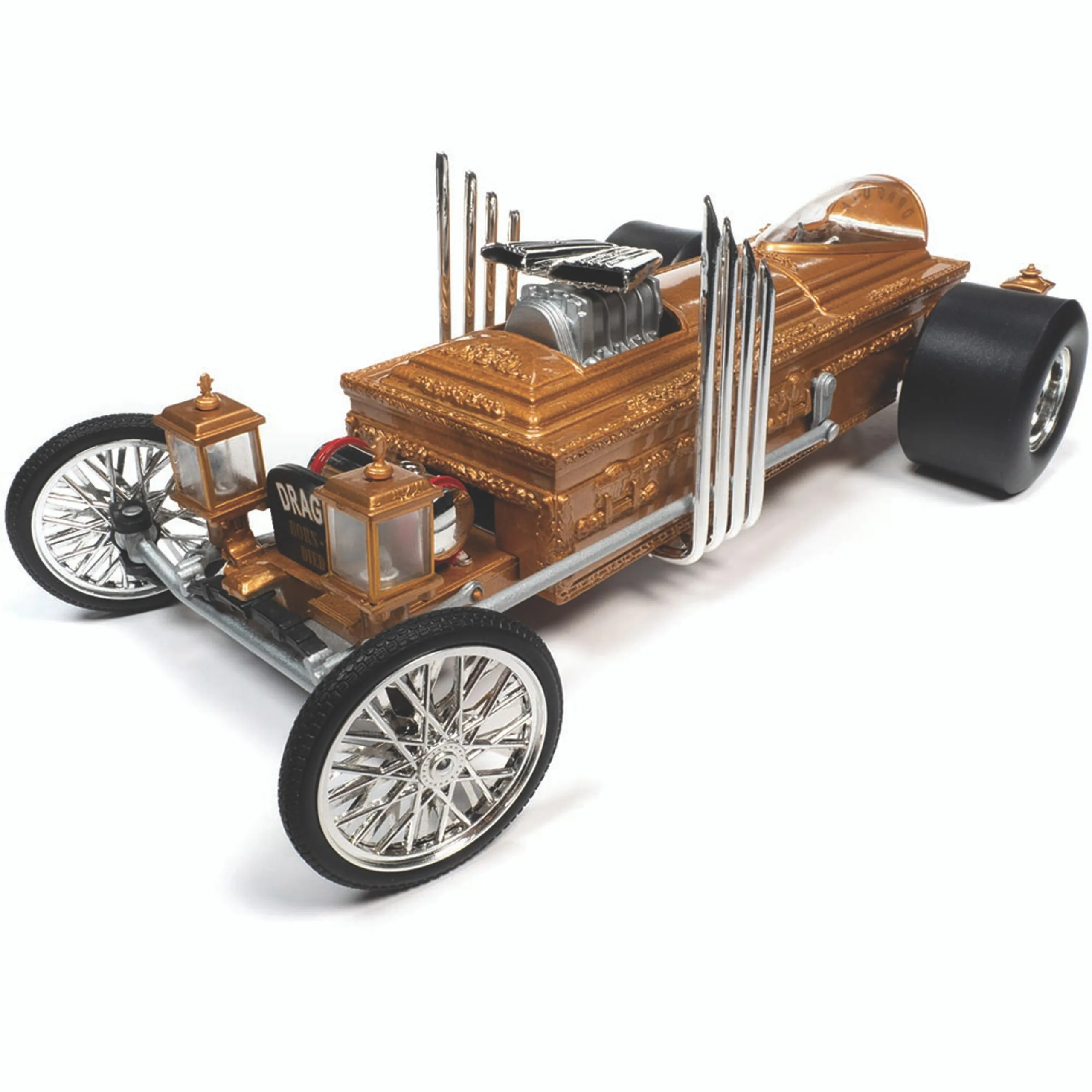
Carefully examine the paint finish for any chips, scratches, or blemishes. Look at the paint’s overall quality and uniformity. Also, assess the decals for any imperfections. Ensure they are applied correctly and are free from peeling or damage. If possible, inspect the model under different lighting conditions. This helps reveal any hidden imperfections. The quality of the paint and decals contributes to the model’s overall appearance and value. Always factor the paint quality and decal conditions into your purchasing decision. They provide an aesthetic appeal.
Checking for Missing Parts
Ensure the model is complete with all its original parts. Check for missing components, such as mirrors, antennas, wheels, and interior details. Missing parts significantly reduce the value of the model. Determine if any parts have been replaced or modified. This can impact the authenticity and the model’s value. If the model includes a display stand, ensure it’s included and in good condition. Inspect for any loose parts and ensure they are securely attached. A model with all its original, intact components is more valuable and desirable to collectors. The presence of original parts enhances the overall condition of a model.
Tip 4 Focus on Authenticity
Authenticity is crucial. Ensure that the diecast car is genuine and not a replica or counterfeit. Counterfeit models can devalue a collection and mislead buyers. Researching the model’s details, features, and the manufacturer’s history is essential. This will help you identify authentic models and avoid buying fakes. Look for any signs of tampering or modification. Genuine models have unique identifiers and features, such as the brand logo. Verifying the authenticity helps protect the value of your collection and ensures you’re acquiring legitimate models.
Verifying Manufacturer Details
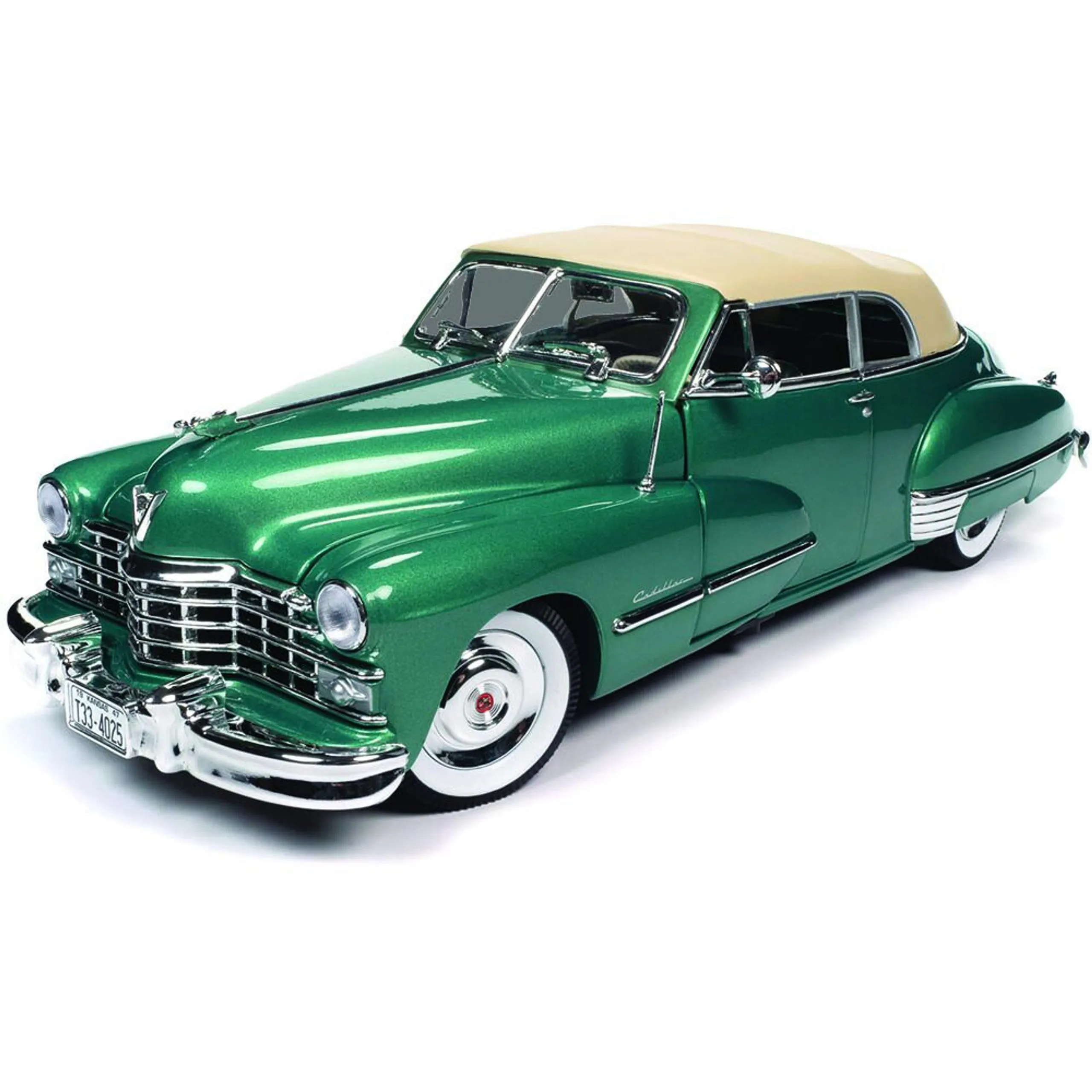
Carefully examine the manufacturer’s markings, logos, and any unique identifiers on the model. Authenticity includes a manufacturer’s logo that is clear, sharp, and matches the brand’s official design. Research the model’s specifications and compare them to the details on the diecast car. Ensure that the model’s specifications match the manufacturer’s official specifications. Check the model’s features, such as the paint finish, the interior details, and any special features. Authenticity can be confirmed by comparing the model to original examples or reference materials. Verify the manufacturer’s details to prevent fraud.
Looking for Certificates of Authenticity
Some diecast cars come with a Certificate of Authenticity (COA) from the manufacturer. If available, verify its authenticity. Check for official signatures, stamps, and any specific details that match the model. Certificates of Authenticity often include detailed information about the model. Verify the details of the certificate. Ensure that it matches the model’s specifications. If purchasing a model with a COA, ensure it is included with the model. A COA can increase the value of the car. The certificate can protect your investment and add credibility to your collection.
Tip 5 Where to Buy Diecast Cars
The availability of diecast cars is high. There are many options for purchasing diecast cars. Different purchasing options offer varying levels of selection, pricing, and reliability. Each channel offers unique advantages. Research where to buy the diecast cars based on your needs. This will help you select a channel that meets your needs and preferences. The best place to buy a model depends on your preferences. Each has advantages and drawbacks. Consider the following when determining where to purchase your models.
Exploring Online Marketplaces
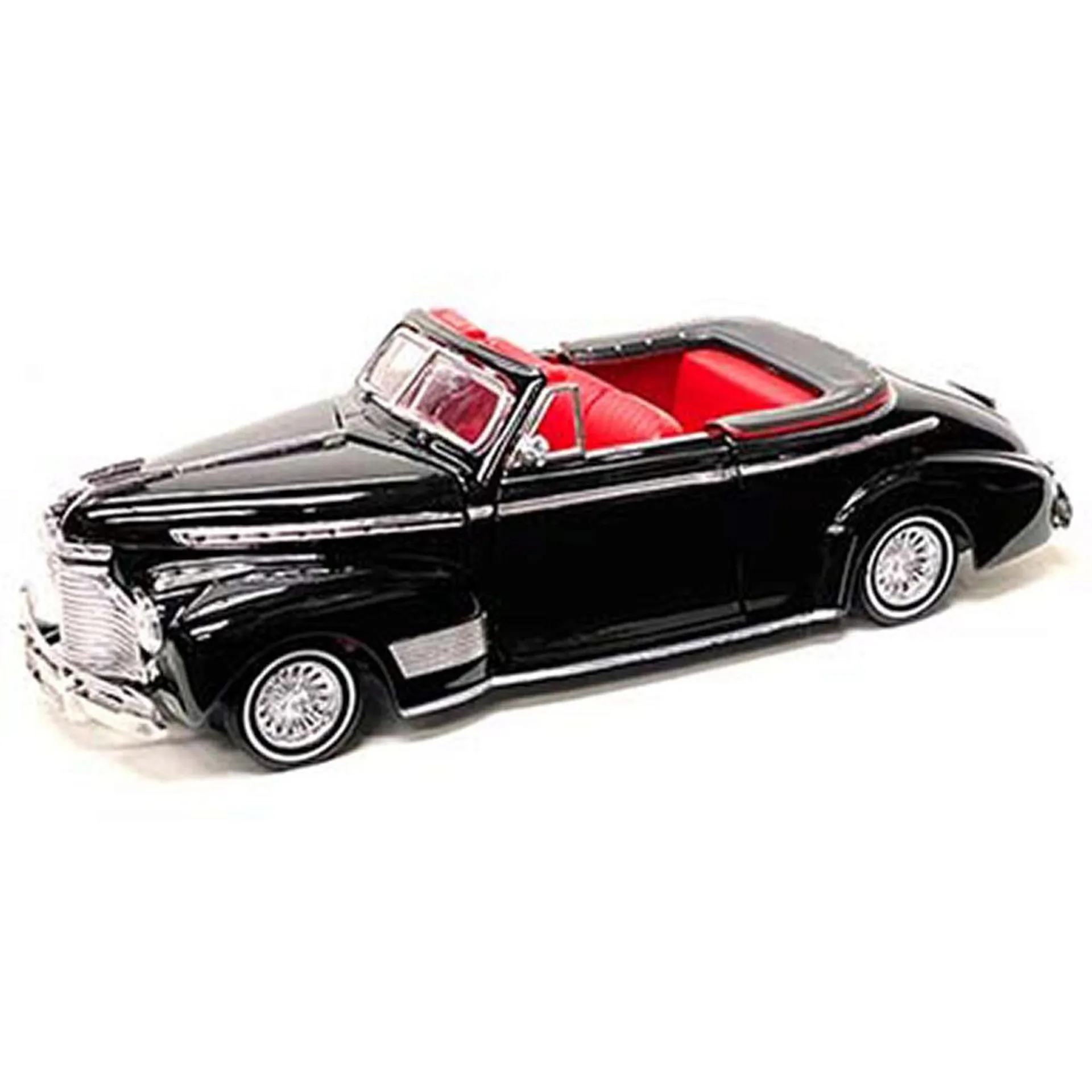
Online marketplaces such as eBay, Amazon, and dedicated diecast car websites provide access to a wide range of models. This is a convenient way to explore a diverse selection of diecast cars. Online marketplaces often offer competitive pricing and a wide variety of models. Check the seller’s ratings and reviews before making a purchase. The wide range of options offers something for every collector. Before making a purchase, do your research to prevent fraud. Look at the seller’s reputation and buyer reviews. Online marketplaces can be an excellent resource for collectors.
Visiting Local Hobby Shops
Local hobby shops provide a more personalized shopping experience. These shops offer the chance to inspect models in person, get expert advice, and build relationships with other collectors. Hobby shops have limited inventory but often feature a carefully curated selection. They can provide specialist knowledge and expertise. Visit local hobby shops. This offers a more personal shopping experience. You can often find rare or vintage models. Support local businesses and connect with other collectors to help you build an outstanding collection.
